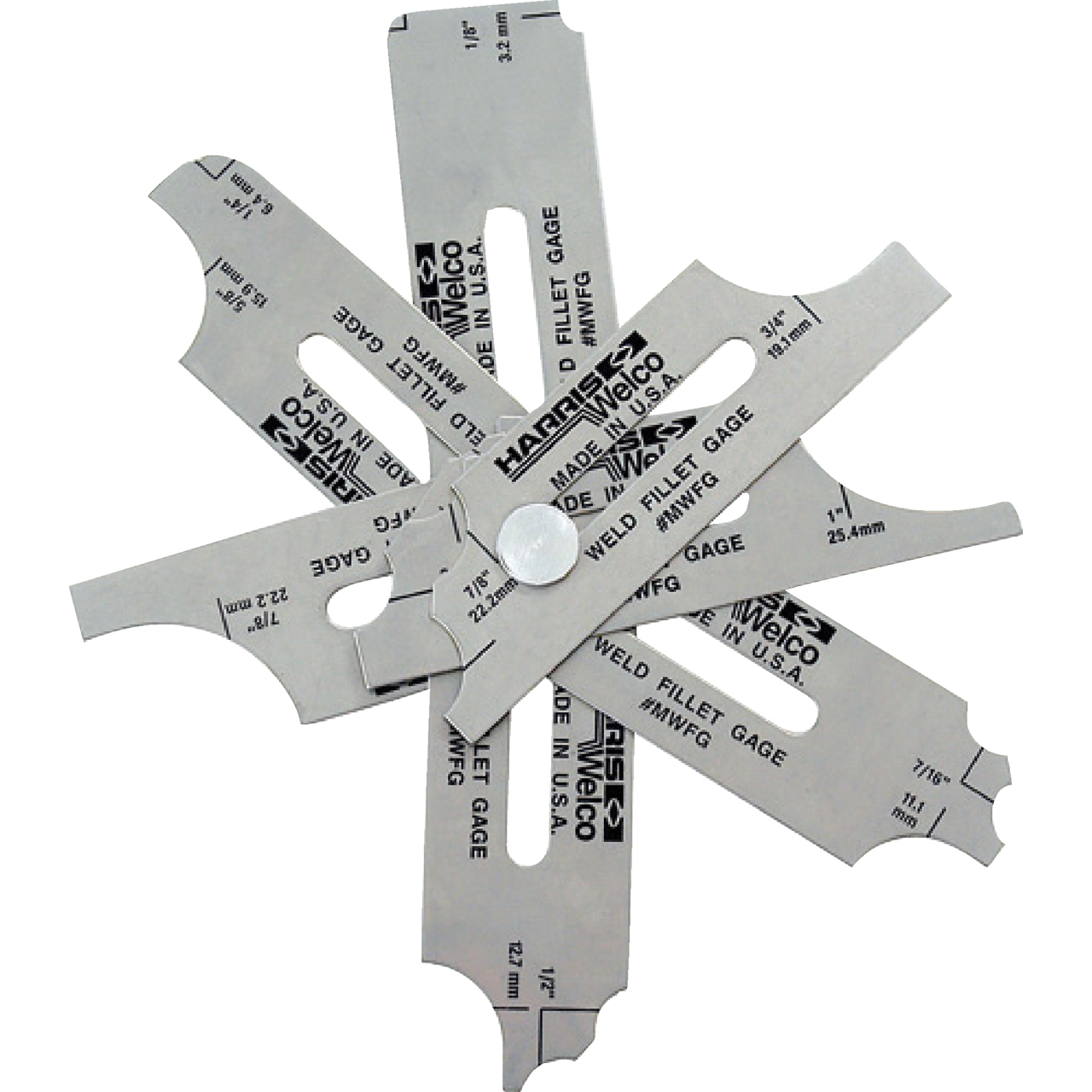Grasping Gauge Fillet Welds: Tips for Perfect Measurements and Execution
Grasping Gauge Fillet Welds: Tips for Perfect Measurements and Execution
Blog Article
Fillet Weld Layout Methods: Maximizing Joint Efficiency and Aesthetic Appeal for Structural Stability
In the realm of structural design and fabrication, the relevance of fillet weld design approaches can not be overstated. By thoroughly thinking about variables such as weld profile optimization, product option, joint prep work techniques, welding process effectiveness, and visual enhancement engineers, methods and fabricators can attain a harmonious equilibrium in between functionality and look in their bonded structures.
Weld Account Optimization


Achieving an optimum weld profile involves a precise consideration of elements such as product thickness, joint arrangement, welding setting, and desired welding rate. In addition, the choice of proper welding criteria, such as voltage, current, and take a trip speed, is basic in managing the form and measurements of the fillet weld. Making use of innovative welding methods, such as pulse welding or robot welding, can additionally refine the weld profile to fulfill specific design demands and quality standards.
Fundamentally, weld account optimization is an essential facet of fillet weld design that directly influences the total efficiency and integrity of welded joints in architectural applications.
Material Selection Considerations
When taking into consideration material choice for fillet weld style, the compatibility of the base metals is an essential factor affecting the structural stability of the joint. It is important to pick materials that not only bonded with each other effectively however also possess similar mechanical homes to guarantee the load is uniformly dispersed between the base and the weld metals. Welding materials with vastly various properties can cause concerns such as tension concentrations, early joint failing, or cracking.
Additionally, the atmosphere in which the bonded framework will certainly operate need to be taken into account when choosing materials. Aspects like deterioration resistance, temperature level fluctuations, and direct exposure to chemicals can all influence the longevity and performance of the weld joint. By choosing materials that are ideal for the intended application and environment, the total sturdiness and reliability of the bonded joint can be dramatically boosted.
For that reason, comprehensive factor to consider of product compatibility and ecological elements is paramount in guaranteeing the weld joint's stamina, resilience, and overall structural stability.

Joint Preparation Strategies
Taking into consideration the crucial function material selection plays in making certain the architectural stability of fillet weld joints, it is essential to execute precise joint prep work methods that maximize the link between the base metals. Joint preparation is an important action that straight influences the top quality and stamina of the weld.
In addition, tack welding the components in area before the last weld helps keep positioning and minimizes distortion throughout the welding procedure. By carefully following these joint his response preparation methods, welders can enhance the total performance and looks of fillet weld joints while making sure architectural stability.
Welding Refine Effectiveness
Effective welding processes are crucial for achieving ideal productivity and top quality in fillet weld fabrication. One essential aspect of enhancing welding procedure effectiveness is selecting the ideal welding strategy. Factors such as material kind, joint style, and welding placement need to be carefully thought about to establish the most ideal technique. For circumstances, processes like gas steel arc welding (GMAW) and flux-cored arc welding (FCAW) are typically utilized for fillet welds due to their versatility and speed (Gauge Fillet Weld).
Normal calibration of welding makers, inspection of consumables, and maintenance of welding torches can prevent downtime and remodel, eventually conserving time and sources. Trained welders are extra proficient at changing parameters, troubleshooting problems, and preserving consistent weld quality.
Visual Enhancement Methods
To optimize the quality of fillet weld manufacture, applying aesthetic improvement techniques can play a crucial duty in guaranteeing precision and precision during the welding process. Aesthetic improvement approaches include numerous methods targeted at improving the look and high quality of fillet welds. One usual technique is using back this website purging systems to remove oxidation on the backside of the weld, resulting in a cleaner, much more cosmetically pleasing surface. Additionally, employing appropriate lights plans in the welding location can enhance exposure, allowing welders to keep an eye on the weld pool and guarantee consistent grain formation. Visual help such as weld size assesses and multiplying lenses can assist in assessing weld accounts and dimensions properly. The use of contrasting marking products or temporary tacking can aid in straightening and positioning the workpieces exactly prior to welding. By incorporating these aesthetic enhancement methods into the welding procedure, welders can attain not just structurally audio fillet welds yet additionally visually attractive results that satisfy market criteria.

Final Thought
Finally, maximizing fillet weld design entails cautious consideration of weld profile, material selection, joint preparation, welding process efficiency, and aesthetic improvement approaches. By implementing these methods, architectural integrity can be improved while additionally achieving visual appeal. It is necessary to prioritize both performance and looks in fillet weld style to ensure the total quality and toughness of the joint.
By meticulously thinking about variables such as weld account optimization, product choice, joint preparation methods, welding process performance, and visual enhancement techniques, makers and engineers can achieve a harmonious balance in between functionality and look in their bonded structures.In the realm of fillet weld style, enhancing the weld account plays a critical duty in ensuring architectural stability and performance. The weld account, which includes the dimension and form of the weld cross-section, straight affects the distribution of stress and load-bearing capability within the joint. It is vital to choose products that not only bonded with each other efficiently however likewise have similar mechanical residential properties to make certain the read what he said tons is equally distributed between the weld and the base steels - Gauge Fillet Weld.In final thought, maximizing fillet weld layout entails mindful consideration of weld account, material selection, joint preparation, welding procedure effectiveness, and visual improvement approaches
Report this page